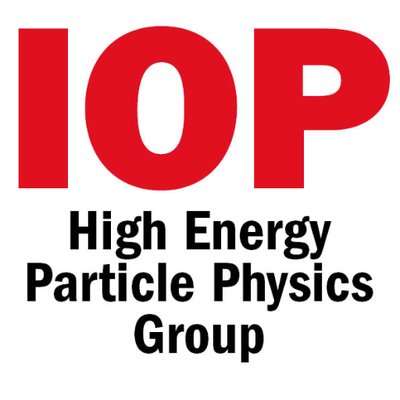- Compact style
- Indico style
- Indico style - inline minutes
- Indico style - numbered
- Indico style - numbered + minutes
- Indico Weeks View
UK-QFT VIII
→
Europe/London
Seminar Room 3, Prideaux Building, St Thomas' Campus (King's College London)
Seminar Room 3, Prideaux Building, St Thomas' Campus
King's College London
163 Lambeth Palace Rd, South Bank, London SE1 7JU
, ,
Description
The UK-QFT meetings provide a unique opportunity to bring together researchers from the UK communities (and overseas), who are working at the forefronts of quantum field theory (QFT) and quantum gravity research across high-energy physics, cosmology and astro-particle physics. Past topics have covered both perturbative and non-perturbative aspects of QFT, and included, for example, the quantum effective action, functional renormalization group approaches, non-equilibrium phenomena, phase transitions and topological defects (and all from the mathematical perspective of the underlying QFT description). The history of the meetings can be found at https://sites.google.com/view/uk-qft.
Postgraduate students and post-doctoral researchers are strongly encouraged to attend and present their work through short accessible talks, providing an inspiring and informal environment for early-career researchers (as well as established academics) to engage with one another and the rest of the UK community. The meetings are held on a single day, and there are no registration fees, so as to ensure the widest possible participation.
Follow @uk_qft or join the mailing list at https://sites.google.com/view/uk-qft for information from the UK-QFT community.
The organizers would like to acknowledge the support of the High Energy Particle Physics Group of the Institute of Physics.
Registration
Register for UK-QFT VIII
Participants
Andreas Mantziris
Archie Cable
Arshia Momeni
Arttu Rajantie
Charlie Cresswell-Hogg
David Ho
Dries Seynaeve
Frank Deppisch
Graham Van Goffrier
Jean Alexandre
Justinas Rumbutis
Kieran Finn
Krai Cheamsawat
Laura Iacconi
Michael Kenna-Allison
Mohammad Akhond
Nat Levine
Patrick Bolton
Peter Millington
Pratik Chattopadhyay
Sam Whittington
Scott Melville
Sotirios Karamitsos
Suvajit Majumder
Takanobu Taira
Tim Morris
Victor Pozsgay
vlad Pas
Wei Liu
William Emond
Questions and enquiries can be directed to Dries Seynaeve.




